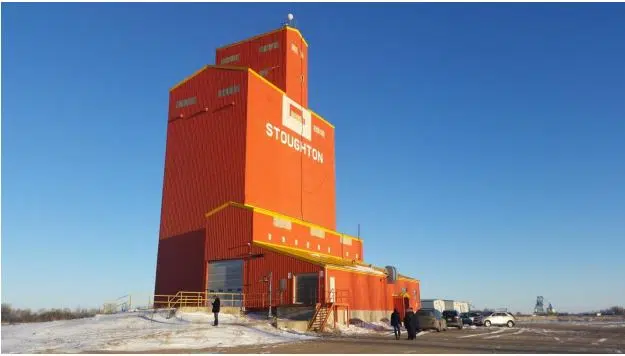
VIDEO: Prairie grain elevators an ‘endangered species’
A recent recommendation made by the Saskatchewan Heritage Property Review Board may save a historical grain elevator.
In a report, the Review Board stated the former Pioneer grain elevator located in the R.M. of Tecumseh near Stoughton “has heritage value to both the local community and the province of Saskatchewan.”
It, therefore, recommends it be designated a Municipal Heritage Property by the R.M. of Tecumseh.
On March 21, 2014 the R.M. informed the current owner of the elevator, Crop Production Services Ltd., of its intention to designate the structure as a Municipal Heritage Property. Crop Production Services Ltd. objected designation, so it went to the Review Board.


